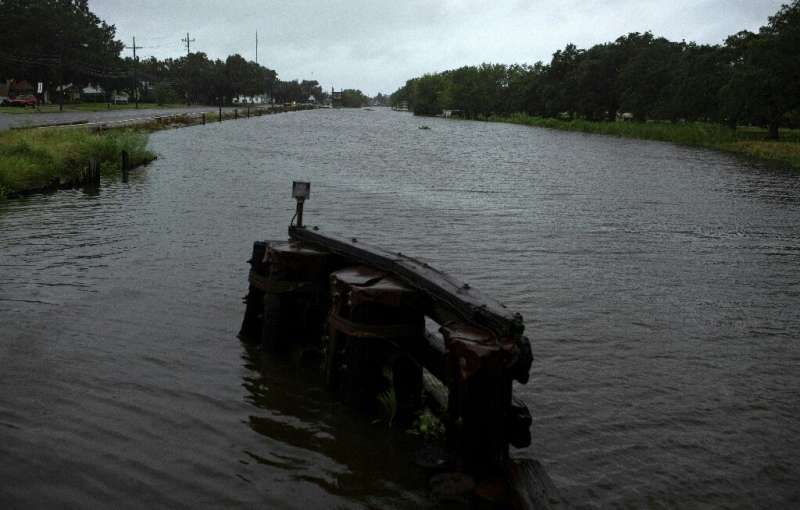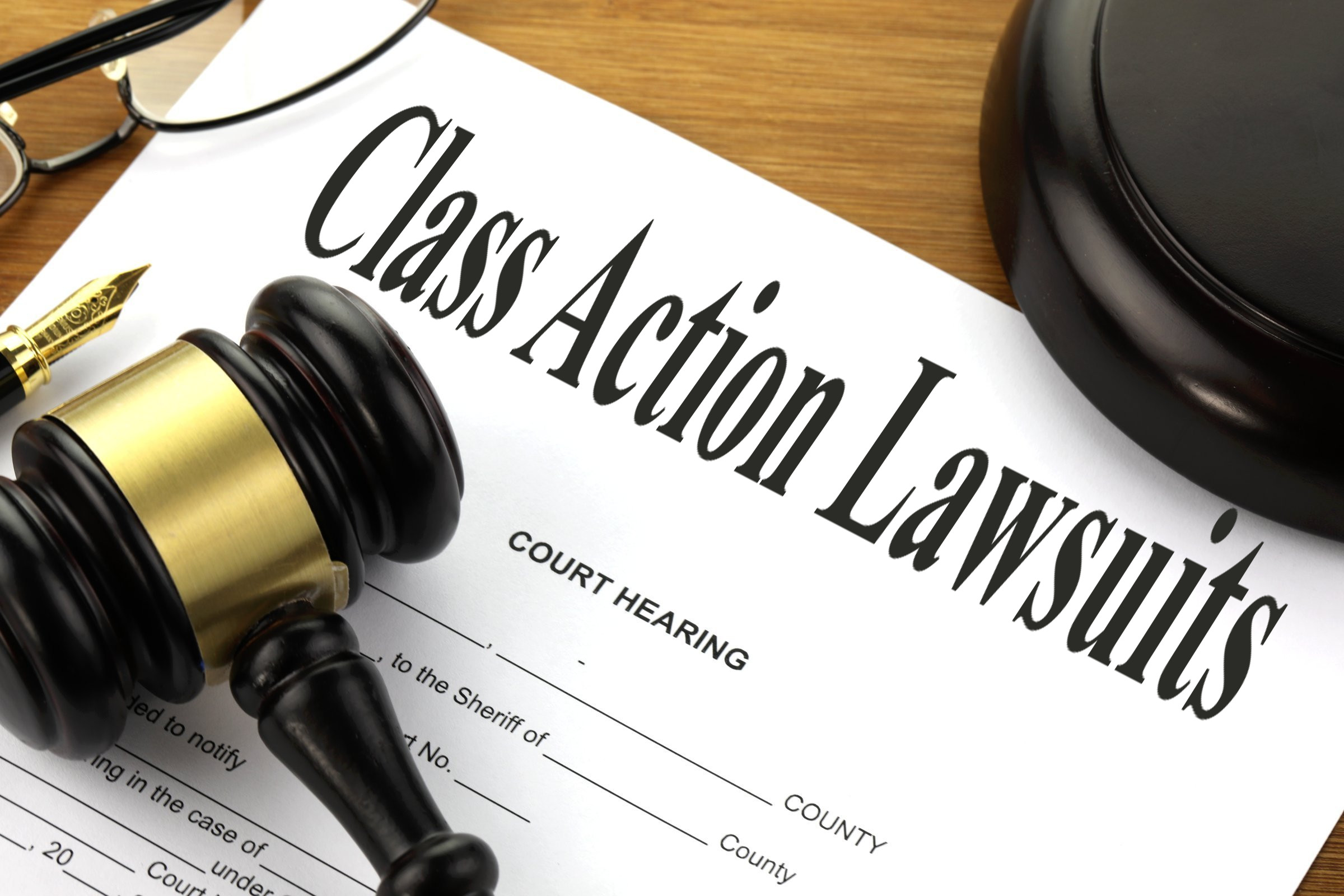Current News on Hurricane Ida: A Comprehensive Overview
Hurricane Ida, which made landfall on August 29, 2021, has been a significant event in the realm of natural disasters, particularly affecting the state of Louisiana. The storm was classified as a Category 4 hurricane at its peak, with maximum sustained winds reaching 150 mph. This report aims to summarize the latest updates and the aftermath of Hurricane Ida, including its impact on communities, infrastructure, and ongoing recovery efforts.
Landfall and Immediate Impact
Hurricane Ida made landfall near Port Fourchon, Louisiana, around 12:55 p.m. ET on August 29. The National Hurricane Center reported that the storm maintained its Category 4 status for several hours post-landfall, only being downgraded to a Category 3 later that evening. The storm's intensity and trajectory posed a significant threat to the region, leading to widespread evacuations and emergency preparations.
Key Updates from August 30, 2021
Levee Failures: Reports indicated that levee failures in the region created an imminent threat to nearby communities. This situation raised alarms about potential flooding, particularly in areas already vulnerable due to previous storms.
Power Outages: As of August 30, over 1 million people in Louisiana, including most of New Orleans, were reported to be without power. The extensive damage to transformers and power lines left many residents in the dark, complicating recovery efforts.
Healthcare Strain: Hospitals in Louisiana, already overwhelmed by a surge in COVID-19 cases, faced additional challenges due to the hurricane. The storm added to the strain on healthcare facilities, which were already at capacity.
Rescue Operations: Emergency services reported that nearly 800 individuals were rescued from St. John the Baptist Parish as floodwaters rose. The swift response from local authorities was crucial in preventing further loss of life.
Death Toll: By September 1, the death toll attributed to Hurricane Ida had risen to six, highlighting the storm's deadly impact on the region.

Ongoing Coverage and Recovery Efforts
As the days progressed, various news outlets provided continuous updates on the situation. Notable sources included NBC News, CNN, and The Weather Channel, which reported on the evolving conditions and recovery efforts.
Noteworthy Articles and Updates
NBC News reported on the live updates regarding the storm's aftermath, including the rising death toll and ongoing power outages. The coverage emphasized the urgency of restoring power and providing aid to affected communities. Read more here.
The Weather Channel highlighted the challenges faced by hospitals during the storm, noting that many were already struggling with COVID-19 cases. The article discussed how Hurricane Ida exacerbated the existing healthcare crisis. Read more here.
CNN provided a detailed timeline of the storm's progression, including its landfall and subsequent weakening. The coverage included insights from meteorologists about the storm's trajectory and potential future impacts. Read more here.
The Aftermath: Long-Term Effects and Recovery
As of September 2024, the effects of Hurricane Ida are still being felt in Louisiana. The recovery process has been slow, with many residents still grappling with the aftermath of the storm. The following points summarize the ongoing challenges:
Infrastructure Damage: The hurricane caused extensive damage to homes, businesses, and public infrastructure. Many areas are still in the process of rebuilding, with significant financial resources needed for recovery.
Community Resilience: Local communities have shown remarkable resilience in the face of adversity. Grassroots organizations and volunteers have played a vital role in providing support and resources to those affected.
Government Response: Federal and state governments have been involved in recovery efforts, providing financial assistance and resources to help communities rebuild. However, the pace of recovery has been criticized as being too slow.
Environmental Concerns: The storm raised concerns about environmental degradation and the long-term impacts of climate change on hurricane intensity. Experts continue to study the implications of such storms on coastal ecosystems.

Hurricane Ida serves as a stark reminder of the power of nature and the vulnerabilities faced by communities in its path. The storm's impact on Louisiana has been profound, affecting lives, infrastructure, and the healthcare system. As recovery efforts continue, the resilience of the affected communities shines through, highlighting the importance of preparedness and support in the face of future natural disasters.
For ongoing updates and detailed coverage, readers can refer to the following resources:
The lessons learned from Hurricane Ida will undoubtedly shape future disaster preparedness and response strategies, emphasizing the need for robust infrastructure and community support systems.





